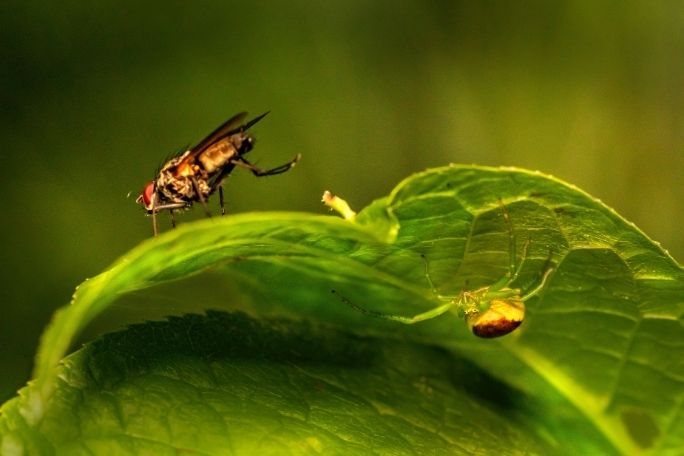Lesson summary
Students design their own investigation to record biodiversity in the school ground. They will decide on strategies to investigate species diversity and ecosystem diversity. Their goal is to find out if there are relationships between species diversity and different habitats (mini ecosystems).
Learning intentions:
Students will...
- design an investigation to find out how species diversity is affected by habitats around the school
- identify different habitats around the school and link these with different types of ecosystems
- collect data about the school species diversity in different habitats
- organise all the data collected by all the students to analyse and draw conclusions.
Lesson guides and printables
Additional info
This is an original Cool.org lesson. Facts and figures in these lessons may have changed since this lesson was published. We always endeavour to update our resources in a timely manner, but if you see an error or issue in our resources please get in touch with us.


Welcome back!
Don't have an account yet?
Log in with:
By signing up to Cool.org you consent and agree to Cool's privacy policy to
store, manage and process your personal information. To read more, please see
our privacy policy here(Opens in new tab).
Create your free Cool.org account.
Many of our resources are free, with an option to upgrade to Cool+ for premium content.
Already have an account?
Sign up with:
By signing up to Cool.org you consent and agree to Cool's privacy policy to
store, manage and process your personal information. To read more, please see
our privacy policy here(Opens in new tab).